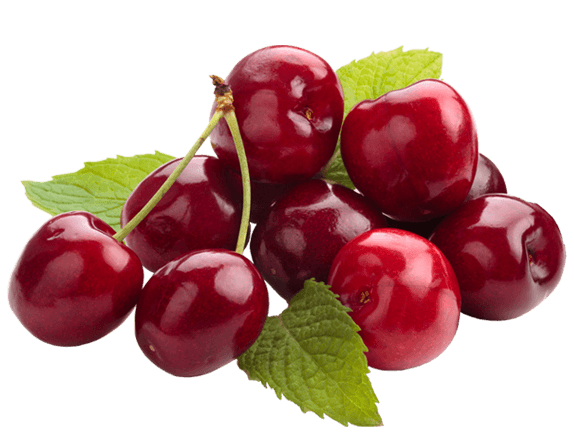Cherries
Cherries represent the official kick-off for the California Stone Fruit season here at SGS. There is no other fruit that compares to the demand our team experiences for the start of cherry season. SGS is blessed to have cherry orchards in the earliest harvest areas of the southern San Joaquin Valley as well as the central growing districts and the northwest districts to ensure a consistent supply of this delicious and sought after fruit from start to finish. From our family to yours…enjoy!

Cherries
VARIETIES
An extremely large cherry for the very early market, the self-fertile Royal Tioga is currently in high demand. The very firm, red-skinned fruit has rose-colored flesh with a very good balanced flavor. The tree is large and vigorous with heavy production.
Approximate harvest season: Mid-April to the end of May
Developed by the University of California, Brooks is a large, firm red cherry that tolerates hot climates. Brooks ripens ahead of Bing and requires a pollinizer such as Early Burlat, Tulare, or Rainier. This variety is very susceptible to cracking in the rain.
Approximate start date: Mid-April to late May
Coral Champagne is a low-acid cherry with glossy dark flesh and very sweet flavor that is similar to Bing. Maturing in early midseason five days after Chelan, this export-quality fruit is firm and large to very large. The tree is precocious and bears heavily and consistently. Coral Champagne has a rain cracking susceptibility similar to Bing.
Approximate harvest season: Late April to the end of May
Sweet cherries are heart-shaped, firm and as stated in their name, full of flavor. They are also called “Dessert Cherries” which means that they can be eaten fresh out of hand or used for cooking.
Approximate harvest season: Mid-April to mid-June
Bred for the warm winter climates in California’s southern San Joaquin Valley, Royal Hazel is a low-chill variety that bears consistently and sets uniformly.
Approximate harvest season: End of April through early June
This firm freestone variety has a dark red skin with pink flesh. Garnet has good sweetness and flavor. Size varies from large to very large with uniform shape.
Approximate harvest season: Month of May
Its name is derived from its location, as it is grown in the heart of the Central Valley in Tulare County. This variety shares the same visual and taste characteristics as the Bing. Tulare is a large, dark red, early season variety with good flavor that ripens 8 to 9 days ahead of Bing, but may not be as firm.
Approximate harvest season: Month of May
Santina is a firm and moderately large early cherry variety with a radiant glow. The tree is self-fertile, does not overset and is considered to be moderately tolerant to splitting. Santina delivers good flavor which makes it a great choice for the early market.
Approximate harvest season: Mid-May to early June
The Rainier title has become well established as a promise of unmatched flavor. Rainier is a large, yellow cherry with a red blush and light yellow flesh. Exquisitely flavored with high sugar levels, this is a premium niche variety that ripens just after Bing. The tree is vigorous, early bearing and very productive with excellent cold weather hardiness.
Approximate harvest season: Mid-May to mid-June
Lapins is a late-season cherry that ripens about 2 weeks after Bing. It is noted for having good split resistance and providing an exquisite fresh eating experience right off the tree.
Approximate harvest season: Mid-May to early June
The preeminent fresh-market cherry, Bing is well know as a large, dark red cherry with superb flavor and firm, juicy flesh. Bing matures mid-season on a large, vigorous tree. Bing cherries ship well, but will crack if exposed to rain. Requires a pollinizer.
Approximate start date: Mid-May to late June

